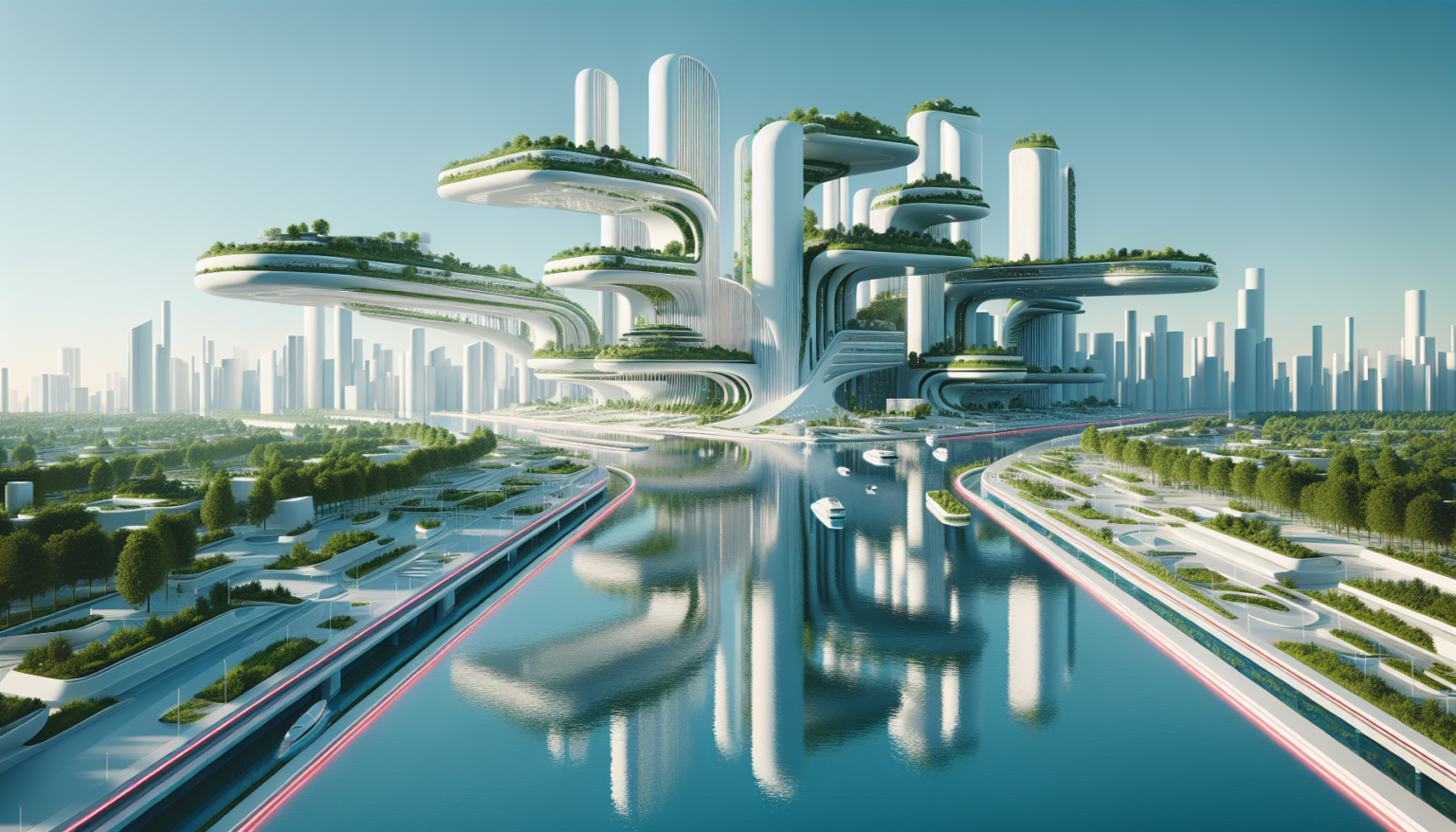The Venice Architecture Biennale 2025 is set to open with a powerful theme: adaptation. The exhibition will showcase projects and ideas from architects and designers around the globe. It will emphasize sustainable practices and resilient designs.
Curators have called for submissions that embody creative solutions to contemporary issues. They urge participants to think beyond traditional methods and imagine the future of architecture. This focus on adaptation aligns with global sustainability goals.
It also challenges architects to play a pivotal role in shaping resilient communities and sustainable environments. The Biennale will feature interactive installations, pavilions, and workshops. These are designed to engage the public and professionals alike.
Highlights include projects that incorporate renewable energy, innovative materials, and nature-based solutions. Each pavilion will present a unique perspective on how architecture can adapt to changing climates and urban dynamics. Participants and attendees can look forward to rich discussions, lectures, and networking opportunities.
Prominent voices in the field will provide insights into their work and share their visions for the future of architecture. The Biennale serves as a platform for exchanging ideas and fostering collaboration. As the world grapples with the impacts of climate change, the Venice Architecture Biennale 2025 promises to be a timely and influential showcase.
Visitors will leave the exhibition inspired and equipped with practical ideas to promote sustainability and resilience in their own communities. The Venice Architecture Biennale 2025 runs from May to November. It invites everyone to explore the transformative potential of adaptive architecture.
As part of the 2025 Venice Architecture Biennale’s official collateral events, “The Next Earth: Computation, Crisis, Cosmology” takes over Palazzo Diedo. It features a double-decker exhibition examining the intersection of architecture, ecology, and planetary systems. The exhibition runs until November 23, 2025.
At its core is “Climate Work: Un/Worlding the Planet,” a major showcase of MIT Architecture’s ongoing faculty research. It is framed as the discipline’s response to ecological breakdown through the lens of design, computation, and material inquiry. Sharing the venue is a parallel contribution by Antikythera, adding a complementary cosmological perspective.
Together, Antikythera and MIT’s contributions press architecture into a new register. They engage with the cosmos, computation, and crisis on equal terms. “The Next Earth” asks how thought, form, and code might converge to invent them.
“Climate Work” gathers 37 speculative projects from MIT Architecture. These works-in-progress imagine alternate presents and futures, with prototypes spanning embodied energy, decarbonized construction, regenerative material systems, and the use of machine learning in design. The projects unearth architecture’s complicity while proposing new modes of planetary engagement.
Climate adaptation in architecture
“Climate Work” reframes climate as a generative context. The exhibit invites visitors to see architecture as a world-building tool capable of reconfiguring how humans live, build, and think on Earth.
Antikythera’s “The Noocene: Computation and Cosmology from Antikythera to AI” takes visitors on a speculative voyage from the world’s first known computer to today’s global AI systems. The show centers around a monumental video monolith broadcasting ideas and short films that explore planetary computation as a vast, accidental infrastructure. Rare historical artifacts anchor the exhibition’s deeper currents, while Antikythera’s forthcoming book, “Accept All Cookies,” distills its research into a philosophical toolkit for navigating the age of planetary computation.
The biennale presents an opportunity to delve into how architecture not only responds to but also shapes our understanding and approach to planetary futures and ecological crises. The porch, as part of the American home, is more than an architectural feature. It’s a viewpoint into the country’s changing cultural and climatic zeitgeist.
Since the mid-19th-century golden age of this classic U.S. domestic design element, its look and role have revealed wider societal fluctuations. Outdoor coverings connected to buildings have existed in various forms across cultures for millennia. However, it wasn’t until the second half of the 19th century that the porch became a ubiquitous part of American homes.
Early American porches were often wooden structures with columns, railings, and roof overhangs. Before air-conditioning or electric fans, “sleeping porches” were common in many Victorian-era and early-20th-century American residences. These spaces were particularly valuable when tuberculosis was one of the leading causes of death, as fresh air was a primary treatment before antibiotics were available.
At its peak popularity, the front porch served as a prominent open-air parlor for socializing in American households. In some communities, the porch carried deeper cultural significance. As Black Americans faced discrimination in public spaces, porches became safe gathering places for families and friends.
As the American porch remained a staple residential feature and socializing site, its design became more elaborate and distinctive, reflecting regional styles. The Victorian era saw intricate wraparound porches adorned with delicate spindle work, often painted in vibrant colors. The Craftsman style, emerging in the early 20th century, favored sturdy, exposed beams, unpainted wood, and deep eaves.
The interwar era saw the decline of porches in newly built American homes, driven by changing housing policies and technological advancements. The creation of stricter house-building guidelines led many developers to favor streamlined designs. Meanwhile, the rise of automobile traffic brought noise and air pollution, making front yards and porches less desirable for relaxation.
As car culture expanded, suburban developments shifted toward backyard-centric designs. Air-conditioning and television also moved social activities indoors, leading to the end of the porch’s heyday. The American porch seems to be experiencing a revival.
According to the National Association of Home Builders, the number of new single-family U.S. homes built with porches has climbed in recent years. Porches played a significant role during the height of the Covid-19 pandemic, promoting social interaction while maintaining physical distance. The New Urbanism movement has championed porches as key features of walkable communities.
The spirit of this renewed appreciation is captured in the 2025 Venice Architecture Biennale, showcasing the porch’s role as a fixture of American architecture and character.













